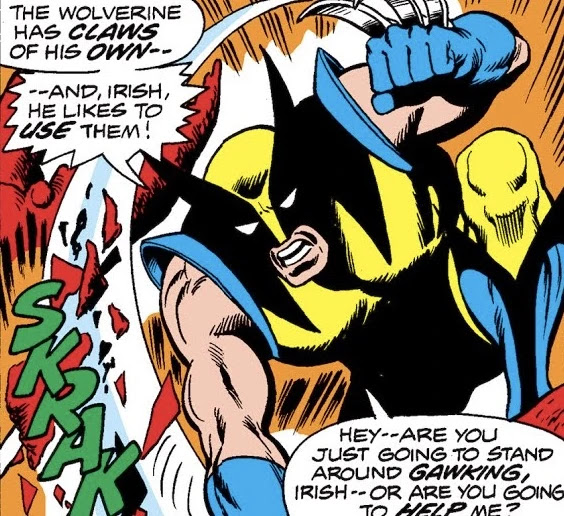The blog known as THE TOM BREVOORT EXPERIENCE showed that the linked MLJ issues, PEP COMICS #4 and TOP NOTCH #5, featured the first crossover of superheroes in comic books, and probably the first crossover of any featured comic book protagonists, since the continuity works in some non-super types as well.
First, in PEP #4 the headliner of that comic, The Shield, crosses paths with The Wizard, headliner of TOP NOTCH, but they work a related case separately.
In the course of the Shield's adventure, he gets some aid from one Cadet Korvin, star of a strip called "The West Pointer" from TOP NOTCH.
Then, for the last part of the PEP crossover, the mundane hero "The Midshipman" also has a meeting with the Wizard.
In the next installment of the crossover, in TOP NOTCH #5, the Shield cameos in the Wizard's story but again the two do not team up as such. But we do get to see what adventure caused the Wizard to be at sea when he crosses paths with The Midshipman, as seen from that character's POV in PEP #4. In addition, Cadet Kornell gets a chance to shine by helping the Wizard fight the Mosconian invasion.
And so ends comics' first crossover. It isn't anywhere near as good as "Human Torch vs. Sub-Mariner" or "Daredevil vs. The Claw," which opuses fans of the time continued to talk up in subsequent years. That's probably why "Shield/Wizard" fell between the cracks, but it's still a milestone, albeit a minor one.
ADDENDA: In BLUE RIBBON COMICS #9 (1941), someone decided to cross over two other mundane servicemen heroes, Corporal Collins and Sergeant Boyle, and to add in a little metafictional touch as well, in the third panel below.






















